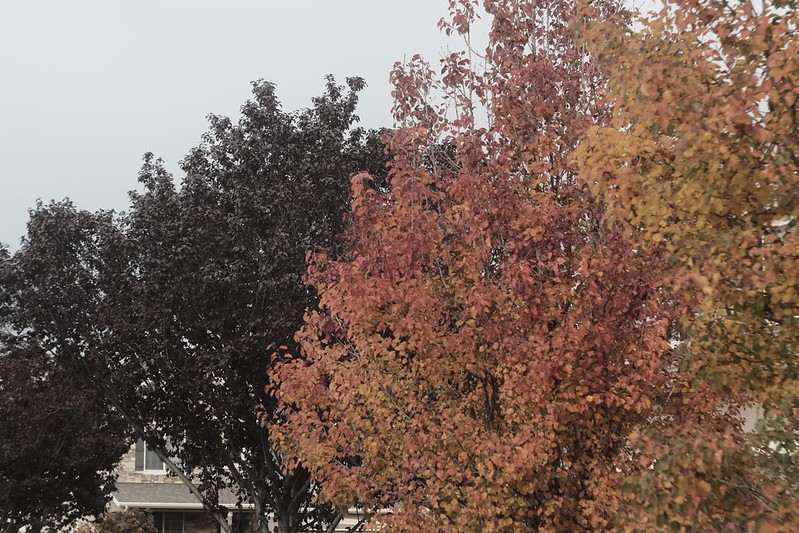
For this recipe, I was attempting to recreate a Kodak Portra 400 NC aesthetic. A couple of decades ago, Portra (both the ISO 160 and ISO 400 emulsions) came in two versions: NC (“Neutral Color”) and VC (“Vivid Color”). Kodak later revised the film to be something in-between the two, which they simply called Portra 160 and Portra 400. This recipe is, I believe, in the general ballpark of Portra 400 NC, but not exactly right; however, I like the results anyway. So if this recipe is close to Kodak Portra 400 NC, why did I call it Kodacolor 200? Because I think it is actually a little closer to Kodacolor 200, which is a variety of Kodacolor VR, and related to ColorPlus 200. I wouldn’t call it an exact match to Kodacolor 200, but that’s the film this is most likely closest to. If you want a Portra 400 NC or Kodacolor 200 aesthetic, this recipe is relatively similar to both.
There’s a fair amount of contrast produced by this recipe, which looks really good in conditions without harsh light. In bright daylight, the contrast might be a little too much, perhaps more closely resembling push-processed film, or (to a lessor extent) even bleach-bypassed Portra. On bright days, you might consider dropping both Shadow and Highlight to +1 if you find it to be too contrasty. I believe this film simulation recipe produces its best results when the sun is a little obscured, but not heavy overcast; however, it’s possible to get good results in many different circumstances. If your X-Trans II camera has Classic Chrome, I invite you to give this recipe a try—it’s a great high-contrast, low saturation option.

Classic Chrome
Dynamic Range: DR200
Highlight: +2 (Hard)
Shadow: +2 (Hard)
Color: -2 (Low)
Sharpness: -1 (Medium-Soft)
Noise Reduction: -2 (Low)
White Balance: 3200K, +8 Red & -8 Blue
ISO: Auto up to ISO 3200
Exposure Compensation: 0 to +2/3 (typically)
Example photographs, all camera-made JPEGs captured on my Fujifilm X-T1 using this Kodacolor 200 film simulation recipe:










Find this film simulation recipe and many more on the Fuji X Weekly — Film Recipes App!

Help Fuji X Weekly
Nobody pays me to write the content found on fujixweekly.com. There’s a real cost to operating and maintaining this site, not to mention all the time that I pour into it. If you appreciated this article, please consider making a one-time gift contribution. Thank you!
$2.00


I have a question, does this still work on an X-Trans IV sensor? I’m a little confused
Well, technically you can enter these parameters into your X-Trans IV camera, but it’s not intended for it, and will certainly look different. Try these instead:
https://fujixweekly.com/2019/07/19/my-fujifilm-x-t30-kodacolor-film-simulation-recipe/
https://fujixweekly.com/2022/04/11/fujifilm-x-trans-iii-x-t3-x-t30-film-simulation-recipe-kodacolor-vr/
I have an odd and likely difficult request as I was rummaging through my early 2000s childhood photos, but can you do Samsung Prime Color 200?
Apparently it’s a rebranded Ferrania Solaris FG Plus 200, I saw that you have a recipe for 400 using Eterna Bleach Bypass, personally I’m attempting to re-create it on my X70 but maybe you have better luck on newer sensors🤔
As you note, I do have a Recipe for Ferrania Solaris FG 400. The Plus 200 version was similar but not identical. Sometimes the generic runs of an emulsion were spools that either didn’t pass quality control or were about to expire (so they’re sold at a discount, and branded for other companies), and their rendering might not be 100% identical. I’d have to look more deeply into it. Might be tougher to pull off on X-Trans II. I appreciate the suggestion!